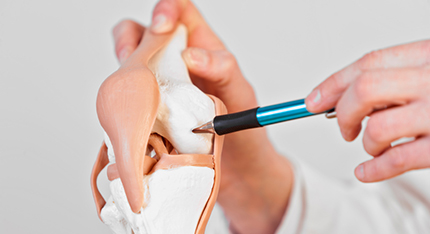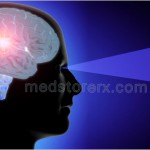Introduction To Muscles
Muscles are soft tissues found in the human body—under the skin and over the bones. The contraction and expansion of the external muscles can be controlled by us, but there are some muscles inside the body that cannot be controlled by us. Such muscles are called involuntary muscles.
 It is important that we stretch the muscles of the body so that they can function properly.
It is important that we stretch the muscles of the body so that they can function properly.
You will be surprised to know that there are over 650 muscles in the human body and they all work together in synchronization to help us move. All muscles work by the contraction and expansion movement. If you see muscle fibres under the microscope, you will find that muscles are thin long cells that are grouped in bundles.
When we talk about muscles, the first muscle that comes to mind is the biceps. If you are going to the gym, you will find that most people flaunt their biceps and triceps. These muscles are very strong muscles of the body and they are found in pairs. The three basic types of muscles that are found in the human body are skeletal, smooth and cardiac muscles.
Introduction To Bones
If the muscles help us in movement, the bones help us in providing support for the body. Without the bones, you will not be able to stand, walk, or even sit. The most important bone of the body is the skull. This bone is a fused bone and protects the brain of the human body.
The ribs are also a type of bone that protects vital organs like spleen, liver, lungs and the heart. If there are no ribs, your body will be totally susceptible to minor accidents as well. Most bones in the human body are very light, but they are strong enough to protect the body from external injuries. The human body has 206 bones and all of them are of different sizes. The bones in the kids and young teens are much smaller than those of the adults. Some of the bones of the body are long and hard. For example, the longest bone of the body is the femur, which extends from the pelvis to the knees.
Introduction To Joints
Bones work in tandem with other bones to facilitate movement. Where two bones meet, you will find a joint. Due to these joints, we get flexibility. Some joints open and close like a hinge and they are called as hinge joints.
There are two main categories of joints—the movable joints and the immovable joints. The dome of the skull is a classic example of an immovable joint. The joints that allow rotating or twisting motion are called pivot joints. Most joints function properly, but there are some joints that get inflamed from time to time. Such pain in joints can cause inflammation and it can remain for a very long time.
The muscles, bones and joints work in coordination to allow movement of the human body. You need to do regular exercises to keep the muscles, bones and joints healthy.


 Cart : 0 items - $0.00
Cart : 0 items - $0.00










